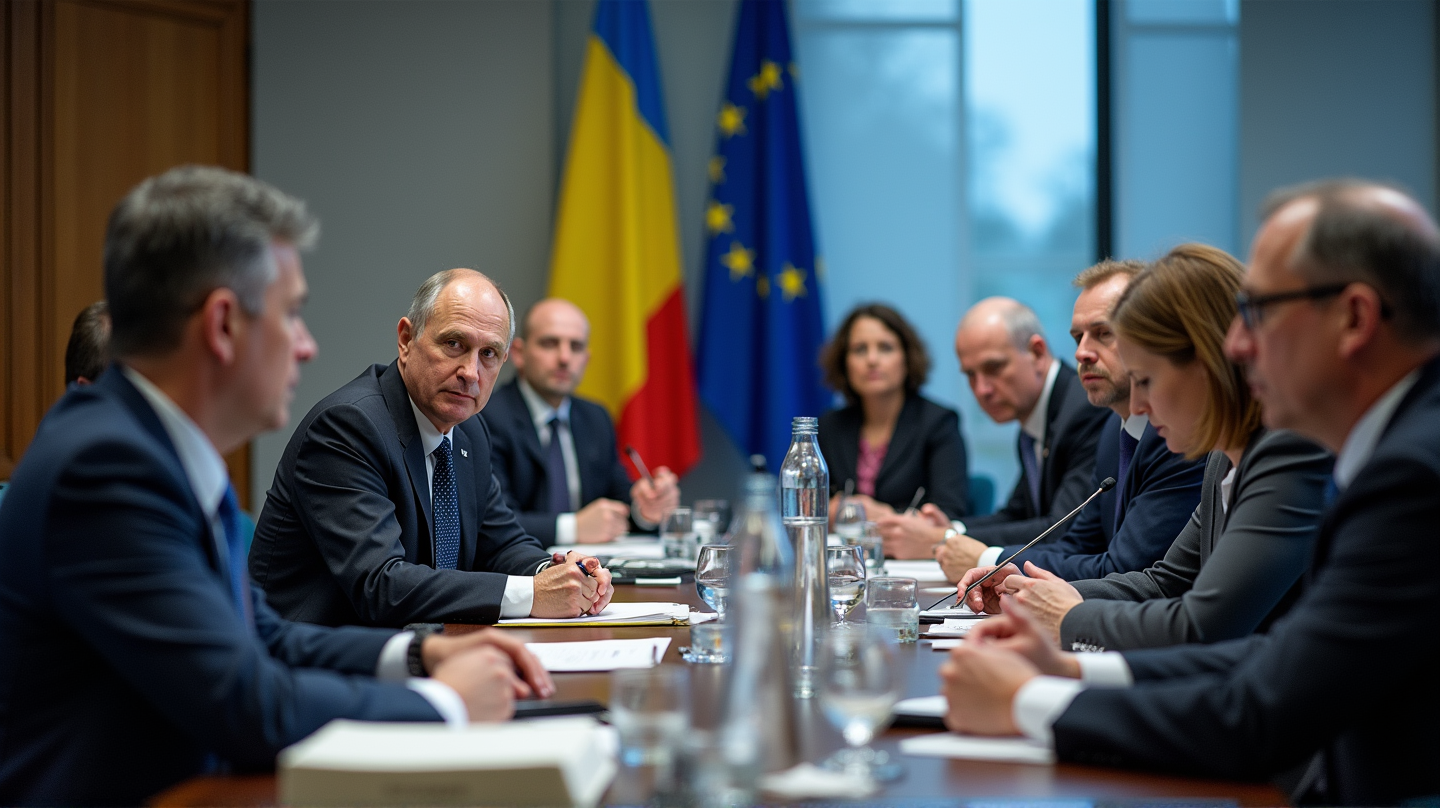EU's Strategic Move: Leveraging Russia's Frozen Billions for Ukraine Aid
EU's bold plan to use frozen Russian assets for a €140 billion loan to Ukraine is underway, despite legal concerns.

In an urgent bid to support Ukraine amidst its ongoing crisis, the European Union (EU) is exploring a pioneering approach by proposing the use of frozen Russian assets. This bold plan emerged after intense discussions at the Economic and Financial Affairs Council (ECOFIN) meeting in Luxembourg. As the EU delves deeper into this unparalleled financial maneuver, various aspects of the proposal continue to unfold, showcasing the complex interplay of international law and economic strategy.
An Unprecedented Financial Mechanism
At the heart of this financial strategy lies the potential allocation of €300–350 billion worth of immobilized Russian Central Bank assets. These funds, primarily held by Euroclear, aim to form a €140 billion loan to Ukraine. This loan represents not merely an economic lifeline but a symbolic gesture of solidarity from the EU to Ukraine, effectively front-loading the reparations anticipated from Russia.
Legal and Financial Safeguards
However, the proposal has prompted a flurry of legal and financial discussions. EU Finance ministers raised concerns about guarantee structures and sought clarification on whether these guarantees would impact national deficit and debt calculations. These discussions underscore the importance of maintaining a balance between supporting Ukraine and adhering to international financial laws.
Addressing Member States’ Concerns
With over €1 billion already transferred through a previously agreed-upon mechanism using profits from these immobilized funds, there remains a visible tension between progress and prudence. The European Commission President, Ursula von der Leyen, has pledged to address the concerns of member states like Belgium, France, and Luxembourg, ensuring no single nation bears disproportionate financial burdens.
Navigating International Perceptions
As Euroclear expresses caution about indirectly appearing to seize assets, the move has attracted global attention. The warnings from European Central Bank President Christine Lagarde further stress the necessity for compliance with international regulations, as deviation could potentially undermine the euro’s credibility and financial stability.
The Path Forward
Despite Russia’s denunciation of this initiative as theft, EU’s collaborative efforts with G7 partners during the IMF Annual Meetings mark significant progress. The path forward involves rigorous technical work to fine-tune the proposal, exemplifying the EU’s determination in supporting Ukraine while navigating the intricate legal landscape. According to خبرگزاری برنا, this approach could serve as a historic precedent in international financial relations.
The world’s eye is on the European Union as this unprecedented financial strategy unfolds, illustrating both the challenges and possibilities of leveraging international assets in times of geopolitical upheaval.





